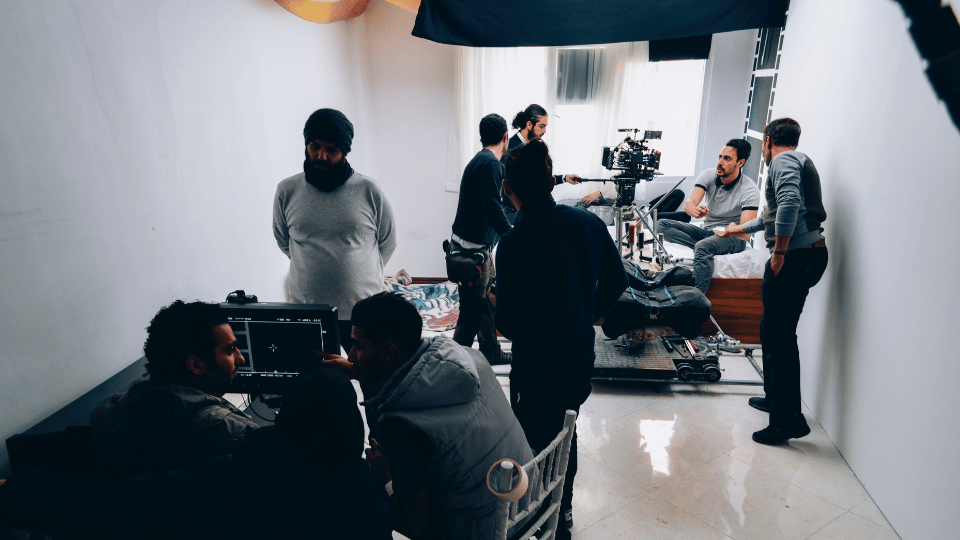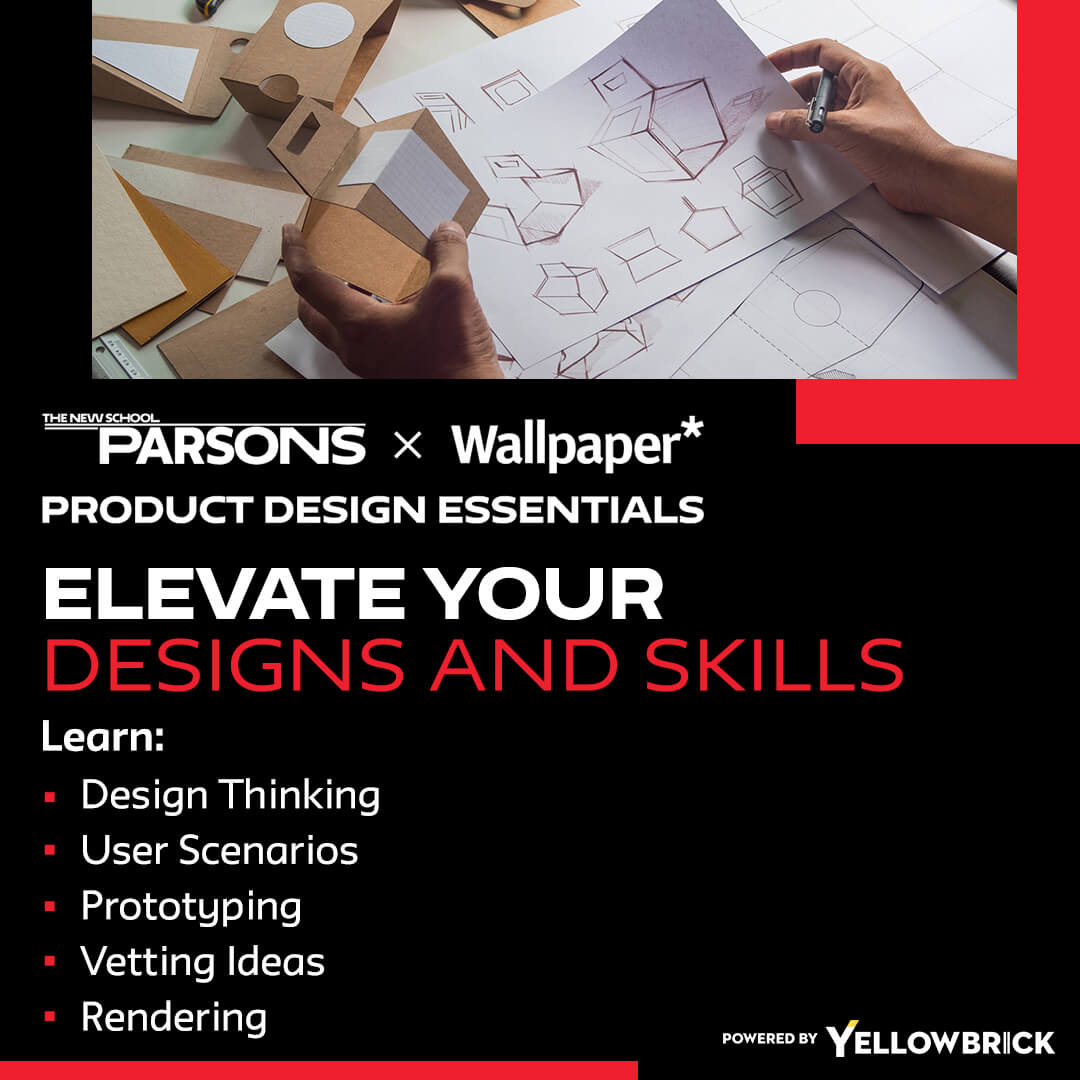Enrolling in a product design bootcamp is an exciting step toward launching or advancing a career in design. These intensive programs offer fast-paced, hands-on learning—but success depends on more than just showing up. To get the most out of your experience, it’s essential to be strategic, proactive, and focused. Here are the top strategies to help you thrive in a product design bootcamp.
Set Clear Goals Before You Start
Before your bootcamp begins, define what you want to achieve. Are you switching careers, upskilling, or aiming for a specific role like UX designer or product strategist? Clarifying your goals helps you stay focused and prioritize relevant skills throughout the program.
Master the Fundamentals Early
Strong foundations in design principles, color theory, typography, and UX/UI basics are crucial. Review essential concepts before and during your bootcamp to avoid falling behind. Familiarity with tools like Figma, Sketch, or Adobe XD can also give you a head start.
Stay Organized and Manage Time Wisely
Bootcamps move quickly and involve multiple deadlines. Use productivity tools like Notion, Trello, or Google Calendar to manage assignments, keep track of feedback, and balance learning with other responsibilities. Consistent time management prevents last-minute stress and burnout.
Participate Actively and Ask Questions
Don’t just be a passive learner. Engage in discussions, ask for clarification, and take advantage of instructor feedback. Bootcamps are collaborative environments—learning from others and contributing your ideas enhances your experience and retention.
Build a Real-World Portfolio
One of the most valuable outcomes of a bootcamp is a polished, professional portfolio. Choose projects that reflect real problems, showcase your process, and highlight your strengths. Include user research, sketches, wireframes, and usability testing results to tell a full design story.
Embrace Feedback and Iterate
Critique is part of the design process. Learn to accept constructive feedback from peers and instructors, and use it to refine your work. Iteration is key to strong design—show how your designs evolve based on insights and data.
Network with Peers and Instructors
The people in your bootcamp could be future collaborators or employers. Build genuine relationships by participating in group projects, offering feedback, and staying connected on LinkedIn. A strong network can lead to job referrals, freelance gigs, or mentorship opportunities.
Focus on Soft Skills Too
While technical design skills are vital, communication, collaboration, and storytelling matter just as much. Practice presenting your work clearly, explaining your process, and tailoring your message for different audiences—skills crucial for interviews and real-world design roles.
Take Advantage of Career Services
Many bootcamps offer resume reviews, mock interviews, and job placement support. Use these resources fully. Customize your resume for product design roles and get feedback on your portfolio presentation before entering the job market.
Keep Learning After Graduation
Graduating from a bootcamp is just the beginning. Stay sharp by continuing to learn, whether through online courses, design challenges, or real-world projects. Show potential employers your commitment to growing as a designer.
Conclusion
Succeeding in a product design bootcamp requires more than just attending classes—it takes preparation, engagement, and a growth mindset. By setting clear goals, mastering the basics, building relationships, and continuously iterating, you’ll not only survive the bootcamp—you’ll emerge with the skills and confidence to thrive in the product design world.
Key Takeaways:
- Setting clear personal and professional goals boosts focus and motivation during the bootcamp.
- Learning foundational design principles early provides a strong base for advanced topics.
- Time management is critical due to the fast-paced and intensive nature of bootcamps.
- Active participation and feedback help reinforce learning and improve design quality.
- Building a portfolio throughout the bootcamp ensures you’re job-ready by graduation.
- Networking with peers, mentors, and instructors can lead to valuable career connections.
- Post-bootcamp learning and refinement are necessary to stay competitive in the job market.
Whether pursuing a career as a product designer, UX/UI designer, design strategist, or any other design-related role, graduates of product design bootcamps are well-prepared to make a meaningful impact in the ever-evolving world of design. To excel in the competitive design industry, consider taking the Yellowbrick Product Design Essentials online course and certificate program.








